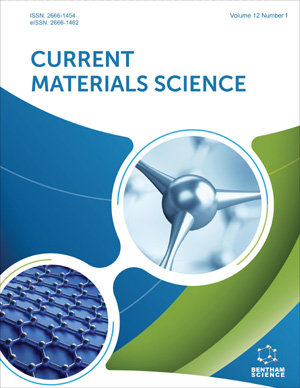Abstract
Enzymes are proteins, but all proteins are not enzymes. Enzyme interactions concern with the biochemical and physiological transformations encompassing most of the life activities. Understanding such events will help to predict particular biochemical, biocatalytic, and enzyme reactions involved. These investigations also help to predict clinical and remedial aspects of dysfunctionalities of physiological processes. Chemical enzymes have their impediments that pose difficulties during their industrial applications. Biological enzymes also referred to as biocatalysts, are chemospecific, and applicable conveniently to carry out varied biological activities. This feature is related to the identification and selection of a particular functional group, among others. This selection is physical or chemical but depends on parameters like the nature of the solvent, atomic orbitals, concentration, pH, temperature, etc. Their industrial and biological applications increase using the enzyme immobilization technique. Nanomaterials have occupied significant status in the present day scenario. These materials are better options for this technique because these materials offer features like high specific surface area, improved dispersibility, low mass transfer resistance, etc. The mechanism of enzyme activity is quite complicated. The necessary steps incriminated are binding of the enzyme with the specific substrate. The complementary shape, size, charge, hydrophobicity, and hydrophilicity, etc., of a substrate, play a significant role in its binding with an enzyme. Nanomaterials are potential components that act as a matrix during the process of enzyme immobilization. These nanostructures elevate the efficacy of biocatalyst, specific surface area, mass transfer resistance, and loading of the capable enzyme, etc. The unique physicochemical features like size, surface properties, ease of modulation of nanomaterials, etc., ensure better performance of enzymes and improve their applications in different fields likes biomedical, pharmaceuticals, biomolecular, food, and packaging technology, agricultural practice, and biochemical investigations in vitro as well as in vivo. Some of the fundamental properties of enzymes can be modified to suit the functionality concerning the set targets. This chapter deals with the structure, nature, and regulatory dynamics of the enzyme. The enzyme immobilization technique, its advantages, and interactions with different nanomaterials along with biomimicking agents are also discussed.
Keywords: Active Energy, Biocatalysis, Biomimicking, Enzymes-Action, Enzyme-Immobilization, Free Energy, Nanomaterials, Toxic-Impacts.




















